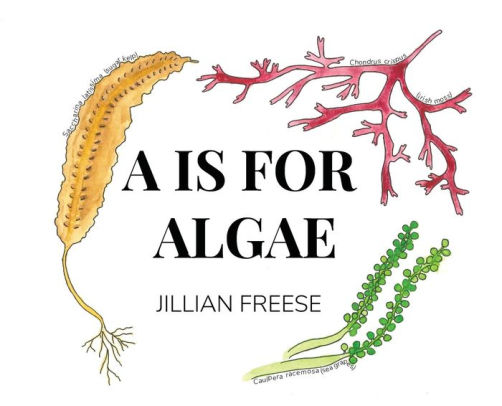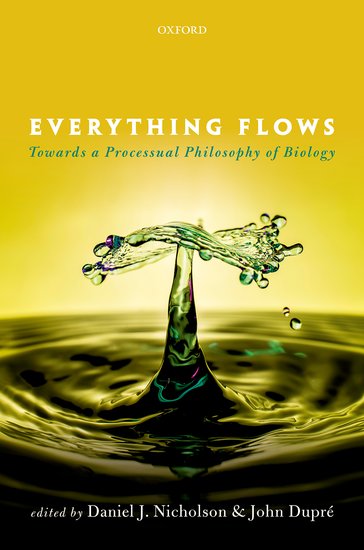At the end of July, I criticized an opinion piece that Tom Sheldon published in Nature, “Preprints could promote confusion and distortion“:
While the article casts preprints, preprint servers, and scientists who post their work to preprint servers as potential sources of misinformation, its arguments better support the case that science reporters should act more responsibly…What irks me is that I can’t find any hint in the article that Sheldon thinks journalists share the blame when they sensationalize bad science.
The latest issue of Nature includes three more critical responses to Sheldon’s nonsense.




